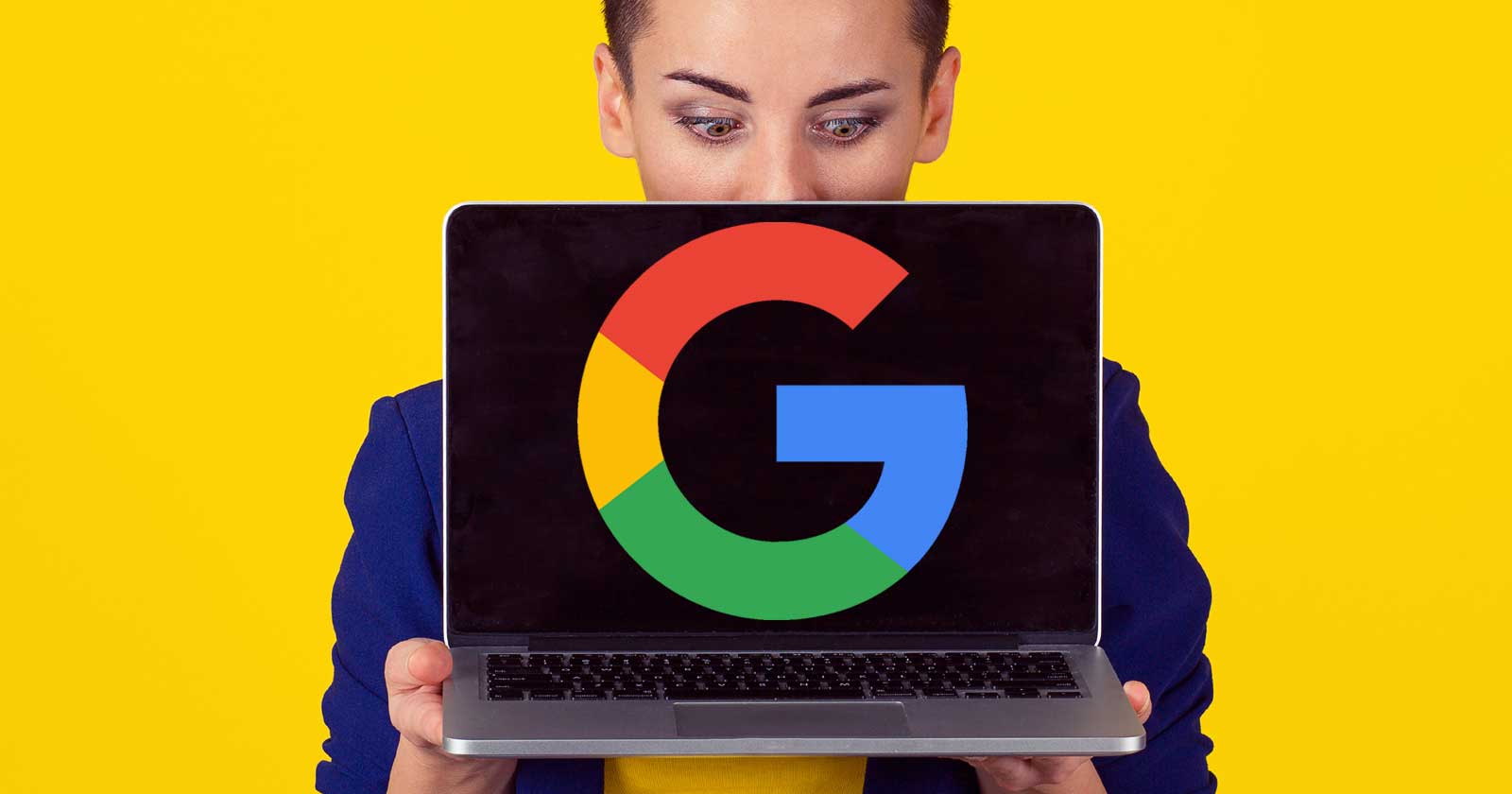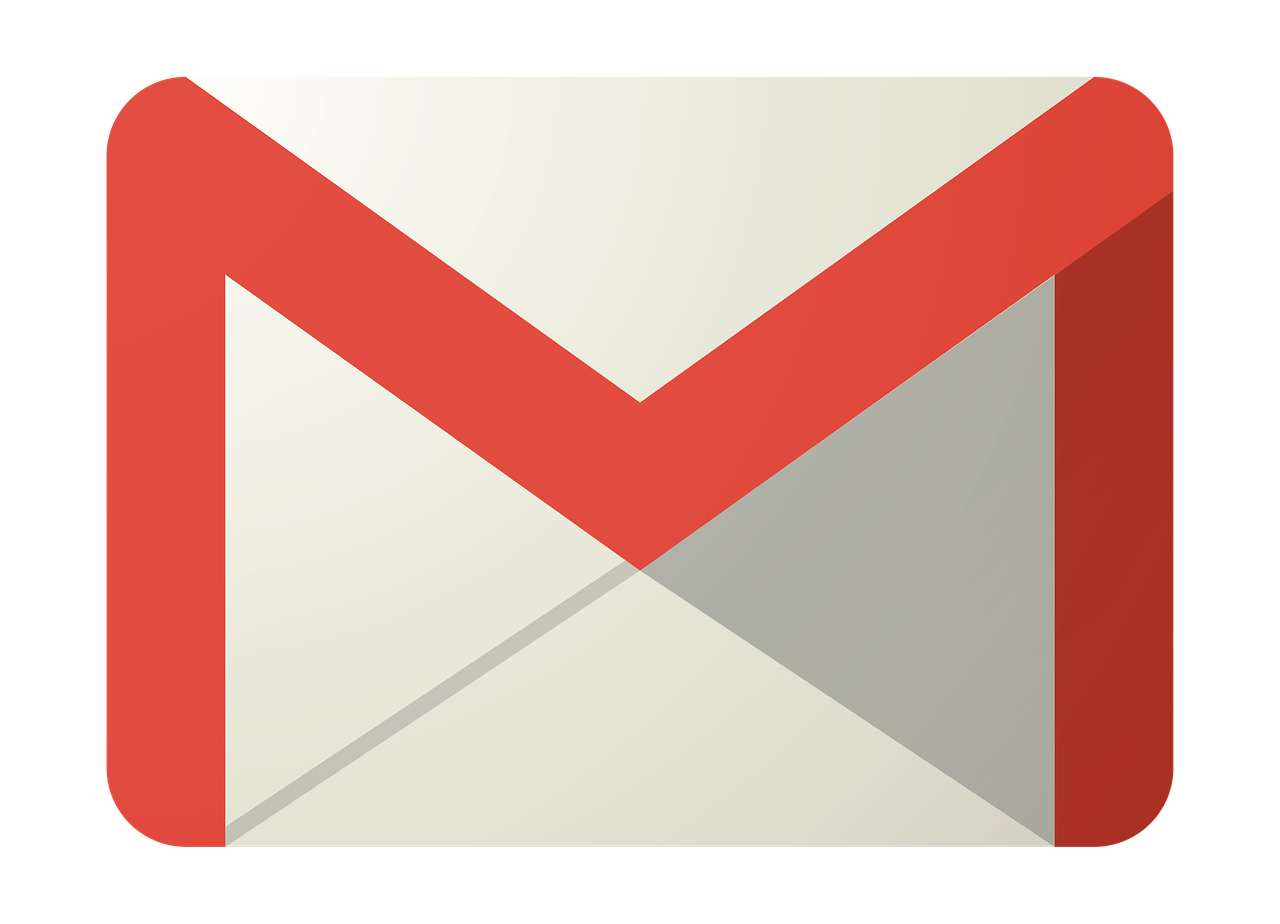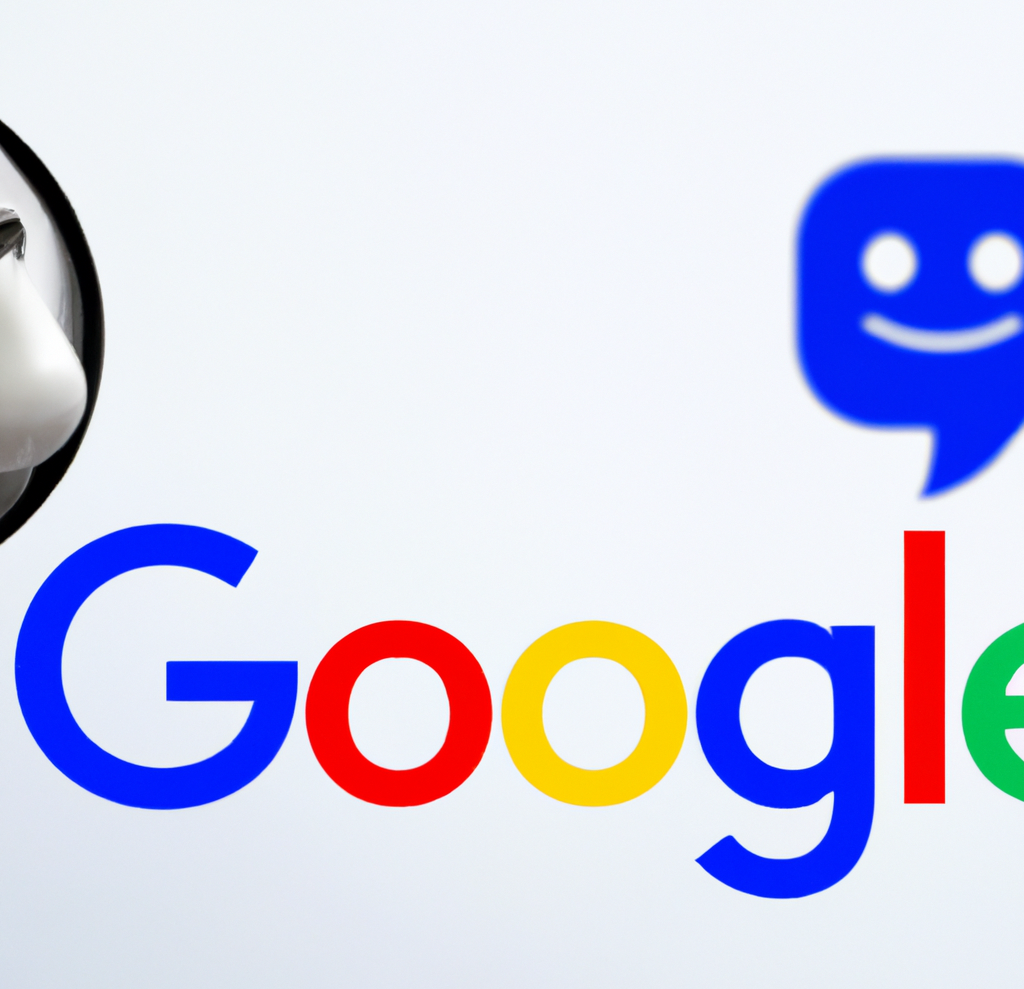Google Says There’s No Limit on Title Tag Length

Gary Illyes shared if there are any hard limits to how long title tags can be during a Google Off the Record podcast. He then explained what the best title tag is.
How Long Should a Title Tag Be?
Title tags are technically measured in pixels. It’s typically recommended that title tags be from fifty to about seventy characters long.
Those character limits are based on how the titles display on desktop and mobile devices.
Title tags that are longer than what Google displays in the search engine results pages (SERPs) will be shown cut off, which means that nobody will be able to read the full title tag in the SERPs if it’s longer than approximately 70 characters.
Many SEOs and SEO websites recommend a title tag length of approximately 50 to 70 characters because that’s what Google shows in the SERPs.
But that is not anything Google recommends to the SEO community. That 50 to 70 character length for a title is something the SEO community invented as a standard based on what Google is able to display.
But those display limits are based on what a mobile and desktop browsers are able to show.
Title Tag Length Recommendations Are Not for Ranking Purposes
Nobody at Google has ever said that the 40 to 70 character limits are what Google’s ranking algorithms are limited to indexing for ranking purposes.
So it does not make sense to accept the advise for limiting the title tag to 70 characters for ranking purposes when that recommendation is based on what is displayed.
You can search around and you will see that 70 characters is the recommended limit for title tags.
SEO Industry Recommended Title Tag Length
Moz Title Tag Recommendation
Moz’s title tag length recommendation is 50 – 60 characters but Moz correctly notes that there is no actual limit to how many characters can be used.
“Optimal title length
Google typically displays the first 50–60 characters of a title tag. If you keep your titles under 60 characters, our research suggests that you can expect about 90% of your titles to display properly.There’s no exact character limit, because characters can vary in width and Google’s display titles max out (currently) at 600 pixels.”
Ahrefs Title Tag Recommendation
Ahrefs recommends that title tags stay within the 50 to 60 characters, with no caveat about there being no actual character limits as Moz documented.
“Google starts cutting off title tags in the SERPs after around 50–60 characters. (Well, it’s actually based on pixels, but 50–60 characters is a good rule of thumb.)
So keep your title tags around this length.”
SEMRush Recommends Limiting Title Tag Length
SEMRush goes one step further and recommends limiting the title tag length for “effectiveness.”
“Limit The Size Of Your Title Tag
The most effective title tags are around 10-70 characters long. These include spaces so keep this in mind when coming up with your Title Tags.If it is too long, the title tag will be cut off from the display not revealing the full message.”
Google’s Gary Illyes on Optimal Title Tag Length
Google’s John Mueller asked Gary Illyes about title tag length.
John Mueller:
“I have a question that is, maybe, just a yes or no thing, Gary. “Is there a value in having <i>title</i> tags that are longer than the displayable space and the sections of it?”
Gary Illyes gives a direct answer without any hedging or ambiguity about if there’s any value in having a longer title tag.
Gary Illyes answered:
“Yes.”
After some lighthearted jocularity between Martin Splitt, Gary and Mueller the question was revisited.
Martin Splitt asked:
“Christina’s asking if we can get a reason for the <i>title</i> tag length answer, Gary.”
Gary expanded on his original answer by noting that the title tag length that is typically recommended is something that comes from outside of Google.
Gary Illyes:
“The <i>title</i> length, that’s an externally made-up metrics.”
After some attempts at humor and general merriment between Gary and Martin they soon returned to answering the question.
Gary Illyes Explains Why He Does Not Recommend Title Tag Length
In his answer Gary Illyes mentions “tokenizing” but without explaining what that means. Understanding tokenization will help understand his answer.
Tokenization is something that is done in natural language processing and information retrieval. It’s a way to edit a document into chunks that make it easier to understand what sentences and words mean. Some chunks are sentences and some chunks are single words.
Stanford University defines tokenization like this:
“Given a character sequence and a defined document unit, tokenization is the task of chopping it up into pieces, called tokens , perhaps at the same time throwing away certain characters, such as punctuation.
These tokens are often loosely referred to as terms or words, but it is sometimes important to make a type/token distinction.
A token is an instance of a sequence of characters in some particular document that are grouped together as a useful semantic unit for processing. A type is the class of all tokens containing the same character sequence.”
Now that we have a light understanding of tokenization we can make more sense of Gary’s answer.
One last thing though, Gary mentions a “manual action.” A manual action is a penalty given by Google that can stop a page from ranking.
Gary Illyes:
“The reason why I try to steer people away from thinking about concrete numbers is it’s not even about how we display titles, but rather, how we construct our serving index and how we tokenize the page itself.
Technically, there’s a limit, like how long can it be anything in the page, but it’s not a small number. It’s not 160 characters or whatever– 100, 200, 20, or whatever.”
Gary follows up with advice on title tags:
“Try to keep it precise to the page, but I would not think too much about how long it is and whether it’s long enough or way too long.
If it fills up your screen, then probably it’s too long, but if it just one sentence that fits on one line or two lines, you’re not going to get a manual action for it.”
Google Does Not Recommend a Title Tag Size
Nowhere in Google’s webmaster and developer title tag support pages does Google recommend an optimal title tag size.
The recommendations to keep title tags under seventy characters long originated outside of Google, they are not Google’s recommendation.
The official statement from Google is that there is no limit (per Gary Illyes). The official Google recommendation is to be descriptive and concise. Concise means to say the most with the least amount of words, to be precise in the use of words, and avoiding being wordy.
According to Google’s official title tag developer support page:
“Titles are critical to giving users a quick insight into the content of a result and why it’s relevant to their query.
Page titles should be descriptive and concise. Avoid vague descriptors like “Home” for your home page, or “Profile” for a specific person’s profile.
Also avoid unnecessarily long or verbose titles, which are likely to get truncated when they show up in the search results.”
Best Title Tag Length
According Google’s Gary Illyes and Google’s official documentation, it is recommended to use as many words as is necessary to communicate what a page is about. When writing the title tag it’s also important to be direct while also being mindful of how that title tag may look when displayed in the SERPs.
Taking everything together it’s probably safe to craft title tags in a concise and accurate manner and to be mindful of how it will appear in the SERPs and influence clicks, as Google’s developer support pages recommend.
However if your company name or branding at the end of the title tag pushes it over 70 characters then that’s not something to worry about in terms of that artificial 70 character title tag limit.
Regardless of how the title tag is displayed, Google will still take into account the entire title tag.
Citations
Transcript of Google Search Off the Record 15th Podcast Episode (PDF)
Advertisement
Continue Reading Below
Listen to the 15th Episode of the Search Off the Record Podcast
AI
Exploring the Evolution of Language Translation: A Comparative Analysis of AI Chatbots and Google Translate

According to an article on PCMag, while Google Translate makes translating sentences into over 100 languages easy, regular users acknowledge that there’s still room for improvement.
In theory, large language models (LLMs) such as ChatGPT are expected to bring about a new era in language translation. These models consume vast amounts of text-based training data and real-time feedback from users worldwide, enabling them to quickly learn to generate coherent, human-like sentences in a wide range of languages.
However, despite the anticipation that ChatGPT would revolutionize translation, previous experiences have shown that such expectations are often inaccurate, posing challenges for translation accuracy. To put these claims to the test, PCMag conducted a blind test, asking fluent speakers of eight non-English languages to evaluate the translation results from various AI services.
The test compared ChatGPT (both the free and paid versions) to Google Translate, as well as to other competing chatbots such as Microsoft Copilot and Google Gemini. The evaluation involved comparing the translation quality for two test paragraphs across different languages, including Polish, French, Korean, Spanish, Arabic, Tagalog, and Amharic.
In the first test conducted in June 2023, participants consistently favored AI chatbots over Google Translate. ChatGPT, Google Bard (now Gemini), and Microsoft Bing outperformed Google Translate, with ChatGPT receiving the highest praise. ChatGPT demonstrated superior performance in converting colloquialisms, while Google Translate often provided literal translations that lacked cultural nuance.
For instance, ChatGPT accurately translated colloquial expressions like “blow off steam,” whereas Google Translate produced more literal translations that failed to resonate across cultures. Participants appreciated ChatGPT’s ability to maintain consistent levels of formality and its consideration of gender options in translations.
The success of AI chatbots like ChatGPT can be attributed to reinforcement learning with human feedback (RLHF), which allows these models to learn from human preferences and produce culturally appropriate translations, particularly for non-native speakers. However, it’s essential to note that while AI chatbots outperformed Google Translate, they still had limitations and occasional inaccuracies.
In a subsequent test, PCMag evaluated different versions of ChatGPT, including the free and paid versions, as well as language-specific AI agents from OpenAI’s GPTStore. The paid version of ChatGPT, known as ChatGPT Plus, consistently delivered the best translations across various languages. However, Google Translate also showed improvement, performing surprisingly well compared to previous tests.
Overall, while ChatGPT Plus emerged as the preferred choice for translation, Google Translate demonstrated notable improvement, challenging the notion that AI chatbots are always superior to traditional translation tools.
Source: https://www.pcmag.com/articles/google-translate-vs-chatgpt-which-is-the-best-language-translator
Google Implements Stricter Guidelines for Mass Email Senders to Gmail Users

Beginning in April, Gmail senders bombarding users with unwanted mass emails will encounter a surge in message rejections unless they comply with the freshly minted Gmail email sender protocols, Google cautions.
Fresh Guidelines for Dispatching Mass Emails to Gmail Inboxes In an elucidative piece featured on Forbes, it was highlighted that novel regulations are being ushered in to shield Gmail users from the deluge of unsolicited mass emails. Initially, there were reports surfacing about certain marketers receiving error notifications pertaining to messages dispatched to Gmail accounts. Nonetheless, a Google representative clarified that these specific errors, denoted as 550-5.7.56, weren’t novel but rather stemmed from existing authentication prerequisites.
Moreover, Google has verified that commencing from April, they will initiate “the rejection of a portion of non-compliant email traffic, progressively escalating the rejection rate over time.” Google elaborates that, for instance, if 75% of the traffic adheres to the new email sender authentication criteria, then a portion of the remaining non-conforming 25% will face rejection. The exact proportion remains undisclosed. Google does assert that the implementation of the new regulations will be executed in a “step-by-step fashion.”
This cautious and methodical strategy seems to have already kicked off, with transient errors affecting a “fraction of their non-compliant email traffic” coming into play this month. Additionally, Google stipulates that bulk senders will be granted until June 1 to integrate “one-click unsubscribe” in all commercial or promotional correspondence.
Exclusively Personal Gmail Accounts Subject to Rejection These alterations exclusively affect bulk emails dispatched to personal Gmail accounts. Entities sending out mass emails, specifically those transmitting a minimum of 5,000 messages daily to Gmail accounts, will be mandated to authenticate outgoing emails and “refrain from dispatching unsolicited emails.” The 5,000 message threshold is tabulated based on emails transmitted from the same principal domain, irrespective of the employment of subdomains. Once the threshold is met, the domain is categorized as a permanent bulk sender.
These guidelines do not extend to communications directed at Google Workspace accounts, although all senders, including those utilizing Google Workspace, are required to adhere to the updated criteria.
Augmented Security and Enhanced Oversight for Gmail Users A Google spokesperson emphasized that these requisites are being rolled out to “fortify sender-side security and augment user control over inbox contents even further.” For the recipient, this translates to heightened trust in the authenticity of the email sender, thus mitigating the risk of falling prey to phishing attempts, a tactic frequently exploited by malevolent entities capitalizing on authentication vulnerabilities. “If anything,” the spokesperson concludes, “meeting these stipulations should facilitate senders in reaching their intended recipients more efficiently, with reduced risks of spoofing and hijacking by malicious actors.”
Google’s Next-Gen AI Chatbot, Gemini, Faces Delays: What to Expect When It Finally Launches

In an unexpected turn of events, Google has chosen to postpone the much-anticipated debut of its revolutionary generative AI model, Gemini. Initially poised to make waves this week, the unveiling has now been rescheduled for early next year, specifically in January.
Gemini is set to redefine the landscape of conversational AI, representing Google’s most potent endeavor in this domain to date. Positioned as a multimodal AI chatbot, Gemini boasts the capability to process diverse data types. This includes a unique proficiency in comprehending and generating text, images, and various content formats, even going so far as to create an entire website based on a combination of sketches and written descriptions.
Originally, Google had planned an elaborate series of launch events spanning California, New York, and Washington. Regrettably, these events have been canceled due to concerns about Gemini’s responsiveness to non-English prompts. According to anonymous sources cited by The Information, Google’s Chief Executive, Sundar Pichai, personally decided to postpone the launch, acknowledging the importance of global support as a key feature of Gemini’s capabilities.
Gemini is expected to surpass the renowned ChatGPT, powered by OpenAI’s GPT-4 model, and preliminary private tests have shown promising results. Fueled by significantly enhanced computing power, Gemini has outperformed GPT-4, particularly in FLOPS (Floating Point Operations Per Second), owing to its access to a multitude of high-end AI accelerators through the Google Cloud platform.
SemiAnalysis, a research firm affiliated with Substack Inc., expressed in an August blog post that Gemini appears poised to “blow OpenAI’s model out of the water.” The extensive compute power at Google’s disposal has evidently contributed to Gemini’s superior performance.
Google’s Vice President and Manager of Bard and Google Assistant, Sissie Hsiao, offered insights into Gemini’s capabilities, citing examples like generating novel images in response to specific requests, such as illustrating the steps to ice a three-layer cake.
While Google’s current generative AI offering, Bard, has showcased noteworthy accomplishments, it has struggled to achieve the same level of consumer awareness as ChatGPT. Gemini, with its unparalleled capabilities, is expected to be a game-changer, demonstrating impressive multimodal functionalities never seen before.
During the initial announcement at Google’s I/O developer conference in May, the company emphasized Gemini’s multimodal prowess and its developer-friendly nature. An application programming interface (API) is under development, allowing developers to seamlessly integrate Gemini into third-party applications.
As the world awaits the delayed unveiling of Gemini, the stakes are high, with Google aiming to revolutionize the AI landscape and solidify its position as a leader in generative artificial intelligence. The postponed launch only adds to the anticipation surrounding Gemini’s eventual debut in the coming year.
-

 SEO7 days ago
SEO7 days agoGoogle Limits News Links In California Over Proposed ‘Link Tax’ Law
-

 SEARCHENGINES6 days ago
SEARCHENGINES6 days agoGoogle Core Update Volatility, Helpful Content Update Gone, Dangerous Google Search Results & Google Ads Confusion
-

 SEO6 days ago
SEO6 days ago10 Paid Search & PPC Planning Best Practices
-

 MARKETING7 days ago
MARKETING7 days ago2 Ways to Take Back the Power in Your Business: Part 2
-

 MARKETING5 days ago
MARKETING5 days ago5 Psychological Tactics to Write Better Emails
-

 SEARCHENGINES5 days ago
SEARCHENGINES5 days agoWeekend Google Core Ranking Volatility
-

 PPC7 days ago
PPC7 days agoCritical Display Error in Brand Safety Metrics On Twitter/X Corrected
-

 MARKETING6 days ago
MARKETING6 days agoThe power of program management in martech













